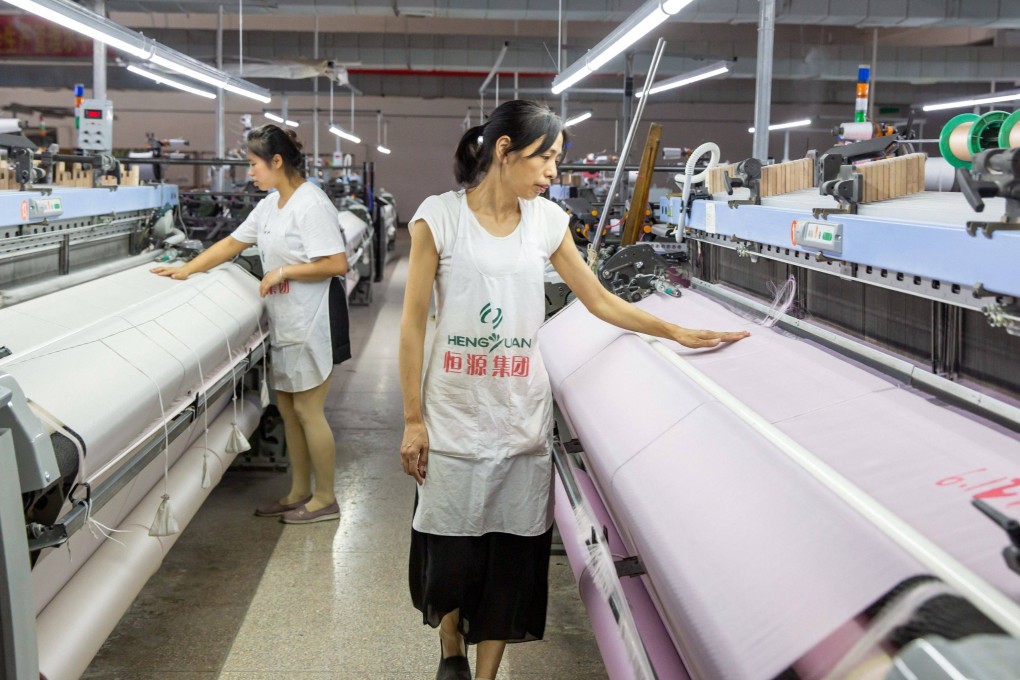China’s factory activity expands at fastest pace in 13 months in June as demand returns
- Caixin/Markit manufacturing purchasing managers’ index (PMI) rose to 51.7 in June from 48.1 in May
- On Thursday, China’s official manufacturing PMI rose to 50.2 in June, up from 49.6 in May

China’s manufacturing activity expanded at its fastest in 13 months in June, buoyed by a strong rebound in output, as the lifting of coronavirus lockdowns sent factories racing to meet recovering demand, a private sector poll showed on Friday.
The 50-point index mark separates growth from contraction on a monthly basis.
Economic activity has sped up in June since various lockdowns have been rolled back as cases fell, with a range of support measures unveiled by the State Council in late May to stabilise growth gradually kicking in.
A subindex for output bounced to the highest level since November 2020, while new orders, bolstered by the first increase in export orders in about a year, snapped three months of decline and posted the fastest growth in four months.